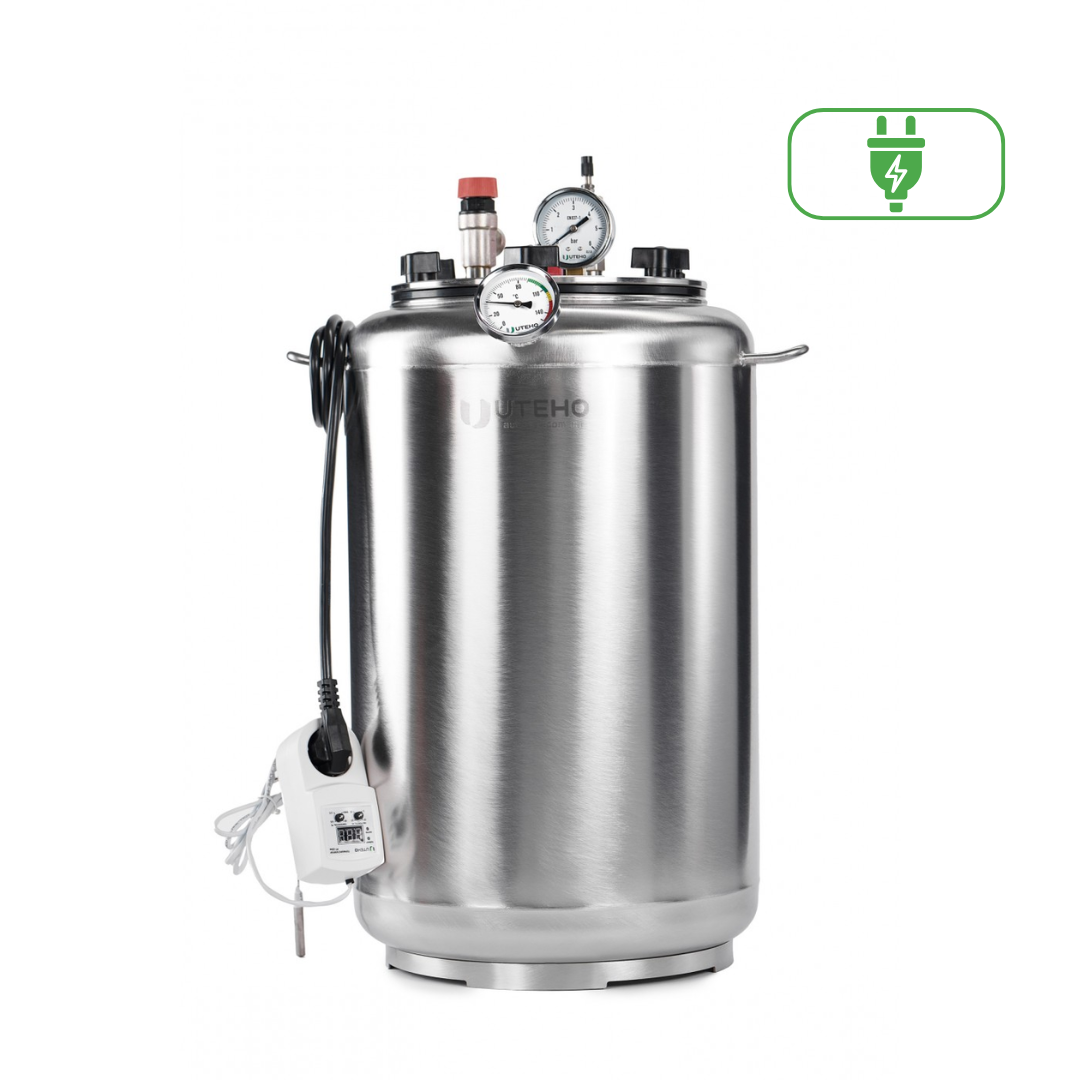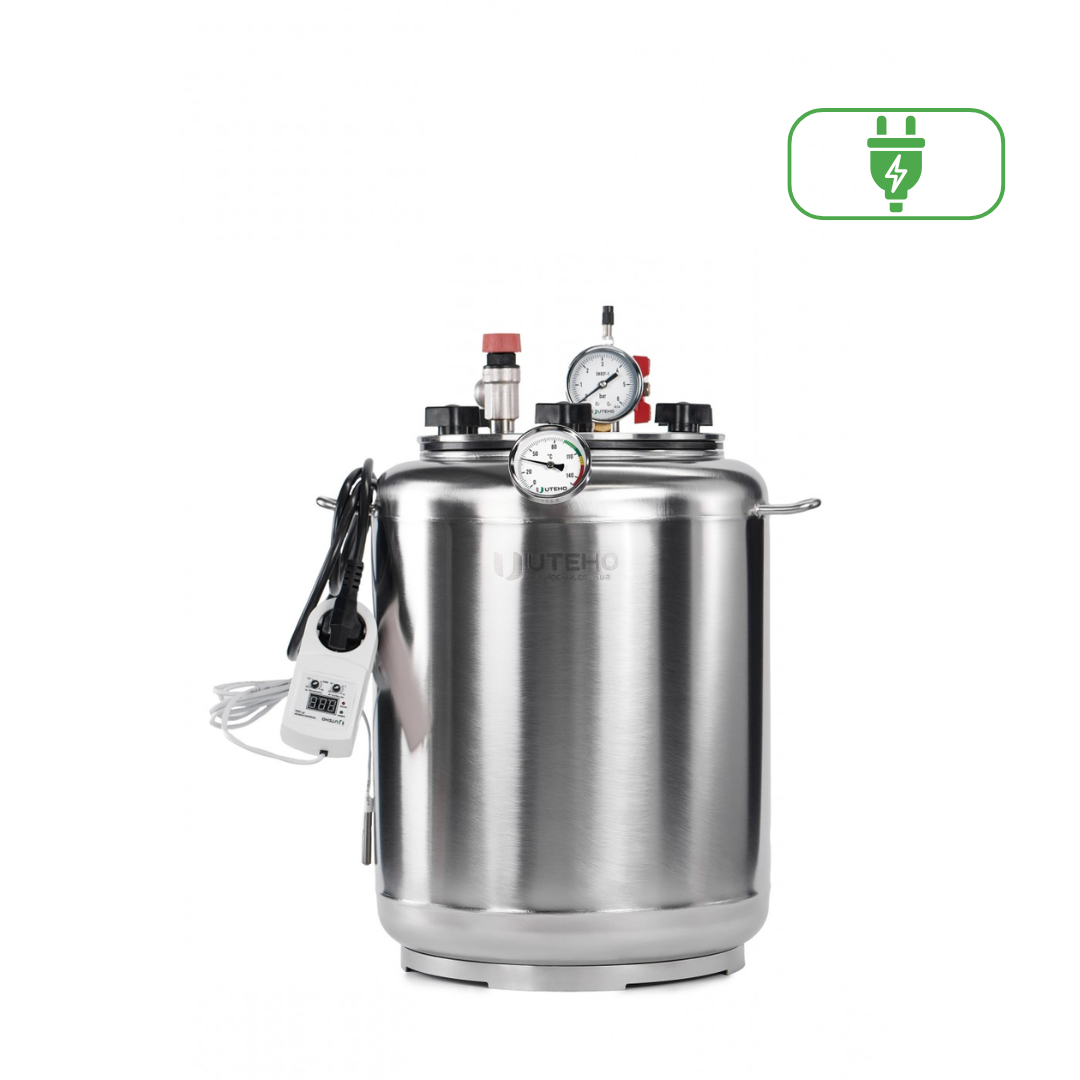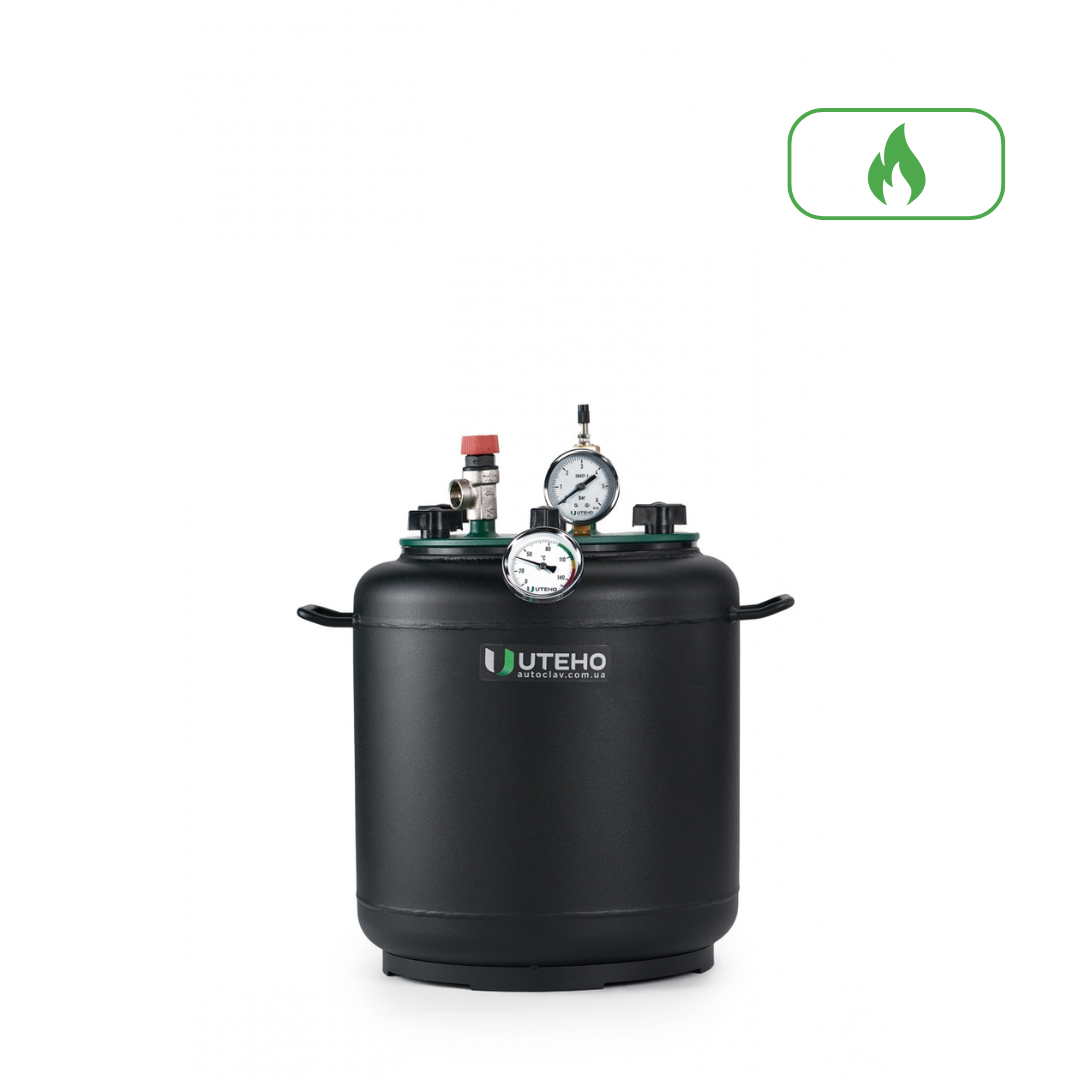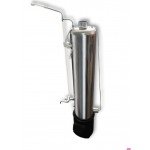
Smelts in an Autoclave
Gobies in an autoclave are simple-to-prepare fish preserves that pleasantly delight with their taste. It is much more intense than that of mass-produced preserves. Plus, you won’t have to doubt the beneficial properties and cleanliness of the product. The cooking process is quite simple and allows you to obtain volumes at once that will be enough for the season for a large family.
How Canned Gobies in an Autoclave Are Useful
Gobies have delicate white fillets and a bright, recognizable taste. Their composition contains a lot of vitamin PP, as well as the following trace elements: molybdenum, chromium, zinc, fluorine, sulfur, chlorine, and nickel. One small fish, in essence, gives the body a complex of beneficial substances.
What to do with gobies? You don’t need to remove the scales from the fish; after frying they will become crispy. The same goes for the gills. You only need to rinse and clean the gobies well.

Gobies contain a lot of iodine, which is well absorbed by the body and is vital for people living in large cities and localities with poor environmental conditions. The fish is easy to cook: there are many proven recipes for boiling, frying, and stewing. One of the classic preparation options is canning gobies in oil or in tomato.
BESTSELLERS
Preparing Gobies for Canning
The recipe for making gobies in an autoclave at home is simple, but it is important to properly prepare the fish in advance. Fresh and frozen gobies are suitable for canning.
If the gobies are frozen, you need to defrost them naturally (just let them thaw at room temperature). Each carcass should be rinsed well under running water, beheaded, and the entrails removed. There are many bones in the fish, but the sharp fins can cause even more problems. Therefore, it is better to remove them.
Gobies in Tomato in an Autoclave Recipe

The recipe for gobies in tomato in an autoclave is simple: to prepare preserves from an estimated quantity of 3 kg of fish, you need the following ingredients:
- onion – 300 g;
- carrots – 2–3 medium;
- tomato juice – 0.5 l;
- flour – 0.5 tbsp.;
- ground black pepper (to taste);
- clove and bay leaf – 3 pcs. each;
- sugar, salt, allspice – all to taste.
Grate the carrots and finely chop the onion. Evenly mix all the listed ingredients together with the cleaned gobies. Large fish can first be cut into 2–3 pieces. If you want to get a rich sauce (as in “Soviet preserves”), you can add up to 4 tbsp. of plain ketchup (without additives) or tomato paste to the finished mixture. Lovers of spicier food can improve the product with chili ketchup.
To cook gobies in tomato in an autoclave, it is enough to distribute the resulting mixture into jars and seal them. But there is another way: first place the chopped fish rubbed with spices on the bottom of the jars, and then pour over the mixture of tomato juice, onion, carrots, flour, and salt. The sealed jars should be placed in the autoclave (first you need to pour water into it so as to cover the jar lids by 2 cm).
Cooking time:
- If the thermometer is at the top of the vessel – cook for 30 min at 105 degrees.
- If the thermometer is at the bottom of the vessel – cook for 30 min at 115 degrees.

Gobies in Oil in an Autoclave
The recipe for gobies in oil in an autoclave is even simpler: preparing the preserve takes a minimum of time and effort. Necessary ingredients per one half-liter jar:
- cleaned gobies – 500 g;
- salt – 0.5 tsp;
- bay leaf – 1 pc.;
- black peppercorns – 3 pcs.;
- vegetable oil – 25 g.
For cooking, it is enough to place fish cut into 50-gram pieces mixed with salt, bay leaf, and pepper into clean jars. The packing density of the raw material should be such that about 1 cm of free space remains at the top of the jar. Then you can add vegetable oil and seal the containers with lids.
What to do with gobies? You don’t need to remove the scales from the fish; after frying they will become crispy. The same goes for the gills. You only need to rinse and clean the gobies well.
Gobies in oil in an autoclave are cooked for about 30 minutes. The autoclave needs to be filled with water (by level—above the jars), the sealed containers placed inside, and the lid closed. After heating, the temperature should be maintained around:
- If the thermometer is at the top of the vessel – 105 degrees.
- If the thermometer is at the bottom of the vessel – 115 degrees.
Do you want to cook homemade fish preserves simply and quickly? Buy an autoclave—the most convenient equipment for preparing delicious preserves. We manufacture autoclaves from carefully selected materials. The finished products are guaranteed to be reliable, practical, and safe. Turn the routine canning process into a convenient, fast, and pleasant job.
Read also:







.png)





